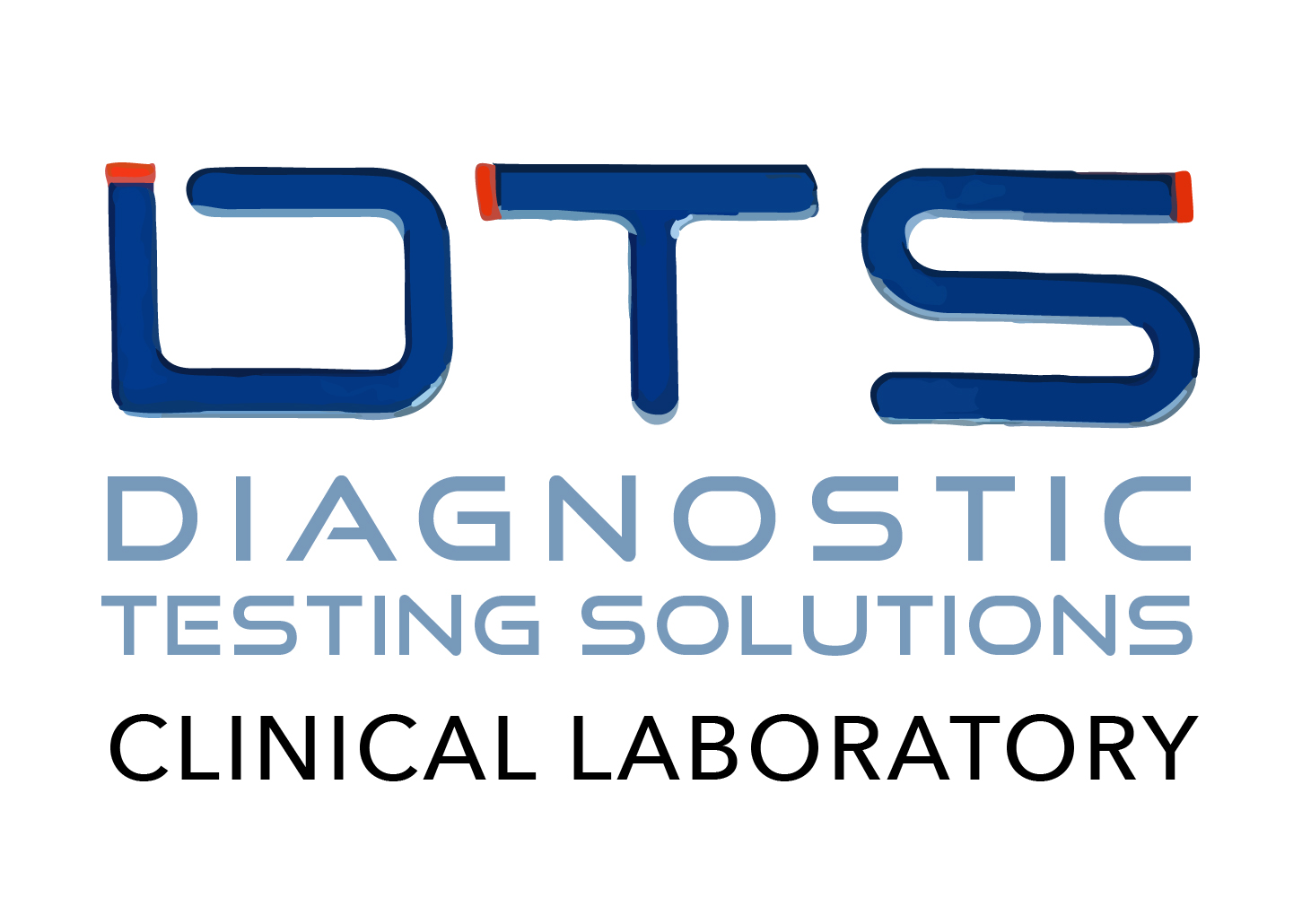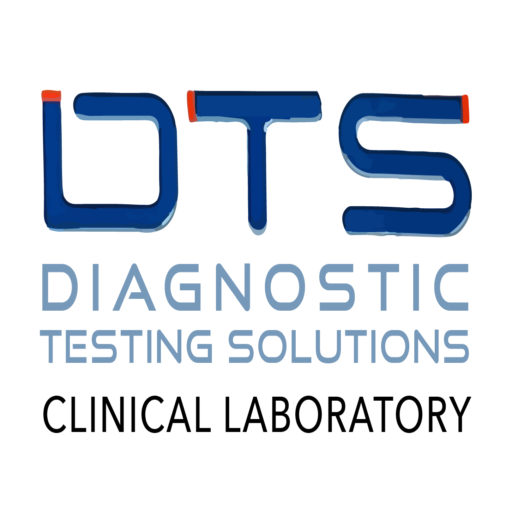
Drug and Alcohol
Understanding the importance of a drug and alcohol test evaluation is essential for individuals facing substance-related issues, whether due to legal obligations, personal concerns, or employment requirements. This guide offers a deep dive into the process, tools, and significance of such assessments, helping individuals navigate substance misuse, addiction, and recovery.
What is a Drug and Alcohol Evaluation?
A drug and alcohol evaluation is a professional assessment that identifies the presence and severity of substance use disorders like drug abuse or alcoholism. Healthcare professionals conduct these evaluations to determine whether an individual requires treatment for substance dependence or chemical dependency. The process helps create a pathway toward recovery, ensuring the person receives the appropriate care, whether through therapy, rehabilitation, or counseling.
Purpose of a Drug and Alcohol Evaluation
Drug and alcohol evaluations serve multiple purposes:
- Legal requirements: Courts often mandate evaluations for individuals charged with offenses such as DUI (Driving Under the Influence) or other drug-related charges.
- Employment screening: Many employers require these evaluations for employees in sensitive or safety-critical positions.
- Personal reasons: People may seek out a substance abuse assessment to gain insight into their behavior and seek help if needed.
- Medical diagnosis: A clinical assessment to identify the presence of substance use disorder or addiction and guide treatment.
Key Components of a Substance Abuse Assessment
A typical substance abuse assessment consists of several steps to evaluate the individual’s relationship with drugs or alcohol and their overall mental health.
1. Screening Tools and Diagnostic Criteria
The evaluation typically begins with screening tools designed to measure the severity of substance use and its impact on the individual’s life. Some commonly used tools include:
- CAGE Questionnaire: Primarily used for alcohol addiction screening.
- Substance Abuse Subtle Screening Inventory (SASSI): Helps in detecting both drug and alcohol dependency.
- Addiction Severity Index (ASI): Assesses the level of substance dependency, including factors like employment, mental health, and family support.
These tools follow evidence-based practices and help professionals apply appropriate diagnostic criteria for substance use disorder.
2. Clinical Interview and Psychological Assessment
A clinical assessment includes an in-depth interview where the evaluator gathers information about the individual’s medical history, personal life, and substance use patterns. This interview assesses not just the addiction but also mental health disorders that might be contributing to substance abuse, such as depression, anxiety, or bipolar disorder (a dual diagnosis).
3. Medical and Behavioral Health History
During the evaluation, the assessor reviews the individual’s medical history, including past diagnoses or treatments for substance-related or mental health issues. This is crucial for creating a comprehensive treatment plan that addresses not only substance abuse but also underlying conditions like withdrawal symptoms or psychological distress.
Types of Drug and Alcohol Evaluations
Different types of assessments are used depending on the substance and the severity of the problem. Below are the most common evaluation methods:
Drug Evaluation
A drug evaluation focuses on the use of illicit substances such as cocaine, heroin, or methamphetamine. It looks at the frequency and type of drug use alongside the physiological and psychological effects.
Alcohol Assessment
An alcohol assessment is specific to individuals who misuse alcohol, ranging from occasional binge drinking to full-blown alcoholism. The assessment will measure levels of alcohol dependency, the impact on daily life, and withdrawal symptoms when alcohol is not consumed.
Substance Misuse Assessment
A substance misuse evaluation includes both drugs and alcohol. This type of assessment identifies whether the substance use is having harmful effects, even if the person is not yet fully dependent.
Common Outcomes and Treatment Recommendations
Once the evaluation is complete, the healthcare professional will provide a report outlining the findings, including whether or not the individual meets the criteria for a substance use disorder. In some cases, individuals might even explore options like taking a drug and alcohol test online to begin the evaluation process remotely. This option can be helpful for preliminary assessments, although comprehensive in-person testing is often needed for formal diagnoses.
~ Therapy Options
Therapeutic interventions can include individual or group counseling sessions. Motivational interviewing is a common method that encourages individuals to find internal motivation for change.
~ Rehabilitation Programs
Depending on the severity of the addiction, the evaluation may recommend inpatient or outpatient rehabilitation programs. These programs focus on helping the individual through the early stages of recovery, managing cravings, and developing coping strategies to prevent relapse.
~ Pharmacological Interventions
For some individuals, pharmacological interventions such as medications to reduce cravings (e.g., methadone for opioid dependence or naltrexone for alcohol addiction) may be recommended as part of the treatment plan.
Peer and Family Support
Family support and participation in peer support groups like Alcoholics Anonymous (AA) or Narcotics Anonymous (NA) are often recommended. These programs provide essential emotional and social support during recovery.
Legal Implications of a Drug and Alcohol Evaluation
The results can have significant implications for individuals undergoing evaluations as part of a legal requirement. Courts may use the findings to determine:
- Sentencing options: Reduced sentences or alternative punishments like attending a treatment program instead of jail time.
- Probation requirements: Regular drug and alcohol evaluations or mandatory treatment as part of probation.
- Child custody: Evaluations may impact decisions in child custody cases, ensuring the child’s safety.
Understanding Risk Factors in Substance Abuse
Several risk factors contribute to the development of substance-related problems. These include:
- Genetics: A family history of substance abuse increases the risk of addiction.
- Mental health disorders: Individuals with untreated mental health disorders are more susceptible to developing substance use disorders.
- Environmental factors: Exposure to peer pressure, trauma, or stressful environments can also increase the likelihood of substance misuse.
Conclusion
A drug and alcohol evaluation is essential for assessing substance use disorders and determining the best path forward for treatment. Whether required by courts or employers or sought voluntarily, these evaluations provide a clear picture of an individual’s addiction, mental health, and overall well-being, guiding professionals in recommending appropriate therapies or rehabilitation.
These evaluations offer more than just a diagnosis – they provide actionable steps toward recovery. By identifying the severity of addiction and any underlying issues, individuals can begin their journey toward sobriety with the right support and follow-up care, ensuring a better chance of long-term success. An important part of this process is understanding factors that can affect test results, such as Can You Eat Before a Drug and Alcohol Test? While eating is generally allowed, certain foods can interfere with test accuracy, making it important to follow guidelines to avoid unintended influences.
FAQ’s
What is the definition of a drug evaluation?
A drug evaluation is a comprehensive assessment conducted by a healthcare professional to determine the presence and extent of drug abuse or dependence and to recommend appropriate treatment options.
What is involved in a drug and alcohol test?
A drug and alcohol test typically involves collecting biological samples, such as urine, blood, or hair, to detect the presence of substances. It may also involve questionnaires or interviews to assess an individual’s substance use patterns.
What does the evaluation of the drug include?
A drug evaluation includes screening tools, clinical interviews, medical history reviews, and sometimes drug tests. It assesses the severity of substance use, mental health status, and the impact of drug use on a person’s life.
What is the purpose of drug evaluation?
The purpose of a drug evaluation is to identify substance abuse problems, assess their severity, and guide recommendations for treatment or intervention, often for legal, medical, or personal reasons.






